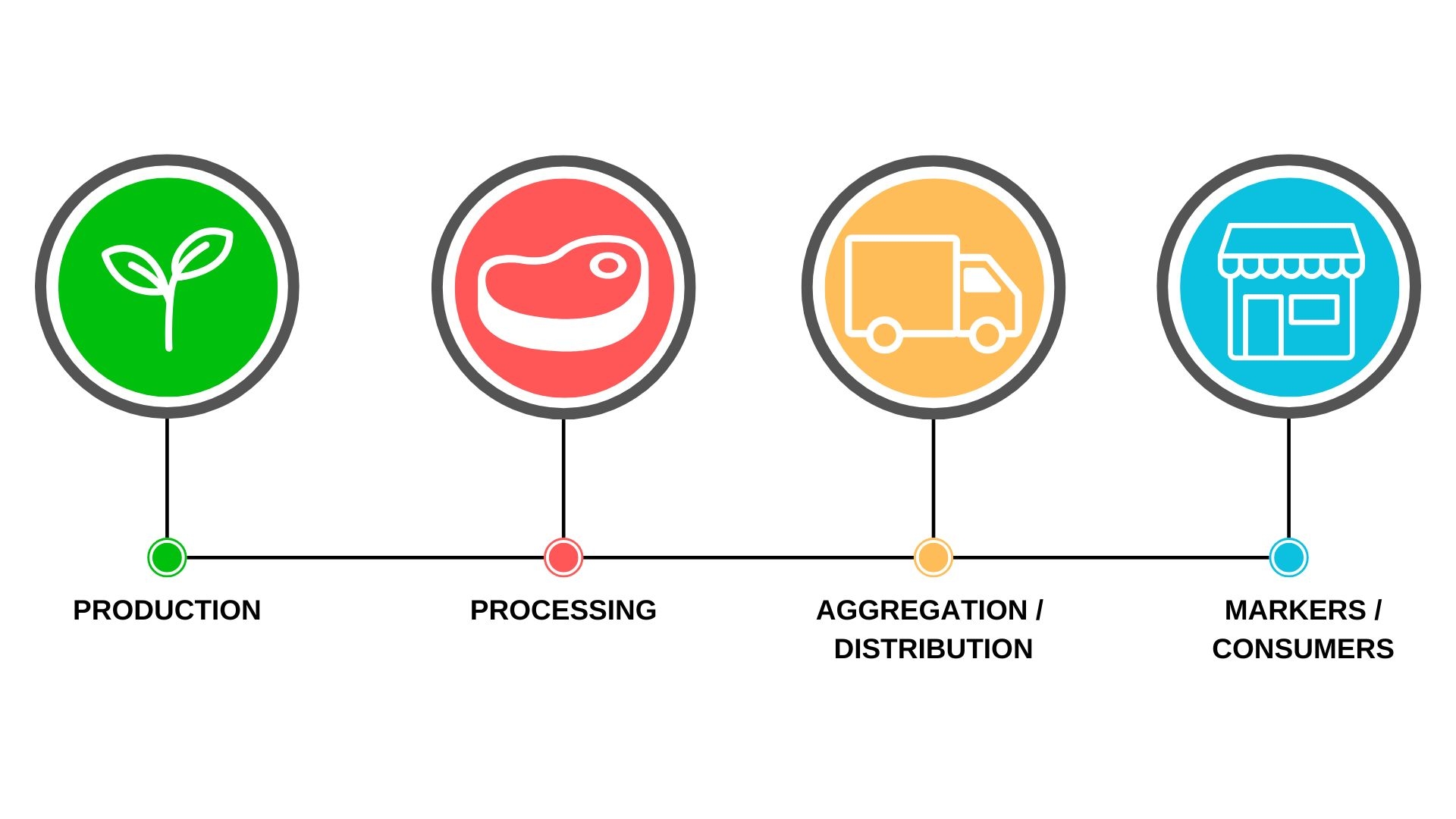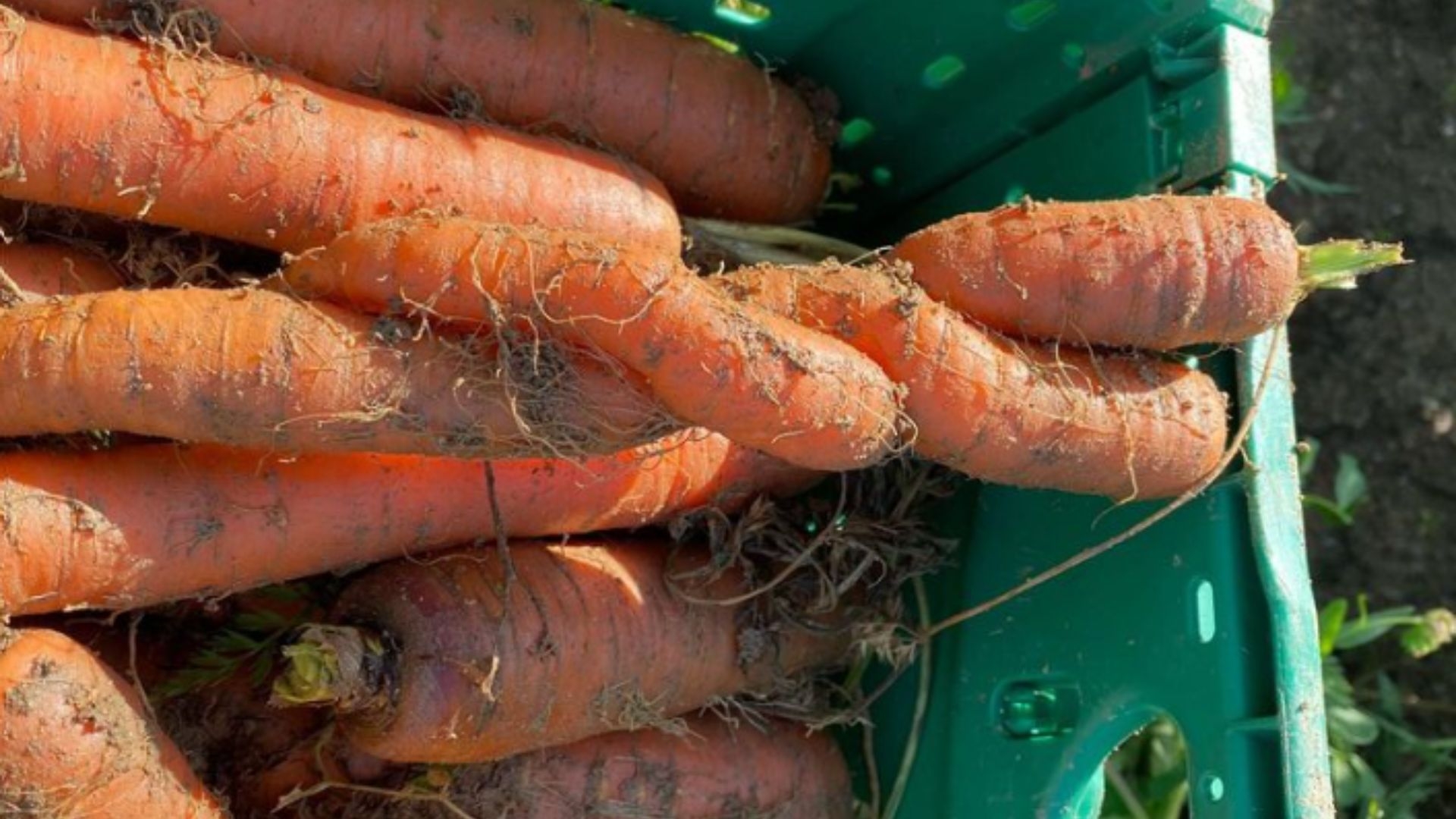🥦Understanding Food Waste
Definition and Scope of Food Waste
Did you know that within our kitchens, schools, and communities lie great opportunities to transform the world? What many consider "trash" can actually become a valuable resource. Talking about food waste is not just about understanding a problem, but also about discovering an open door to creativity, sustainability, and change. But let’s start by defining the problem.
What is Food Waste?
Food waste refers to the loss or discard of food that is fit for human consumption at any stage of the production, distribution, and consumption chain. This includes food discarded at farms, during processing and packaging, in stores and supermarkets, in restaurants, and in homes.

Not all food waste is the same; it’s important to distinguish between waste and leftovers:
Food Waste: Food waste refers to food discarded before it is consumed due to various reasons such as overproduction, lack of demand, poor inventory management, expired shelf life, excessively high aesthetic quality standards, among others. This type of waste can occur at any stage of the supply chain and is often unintentional. However, it excludes the retail level and is not reintegrated into any other productive use, such as food or seed.

Leftovers: Leftovers are foods that remain uneaten after a meal has been served. These can be saved to be eaten at a later time.

But... Why is Food Waste a Serious Problem?
Food waste is a significant issue on both a global and local scale, with profound environmental, social, and economic implications. Approximately one-third of all food produced globally is lost or wasted, amounting to nearly 1.3 billion tons annually, according to the Food and Agriculture Organization of the United Nations (FAO).
Last updated
